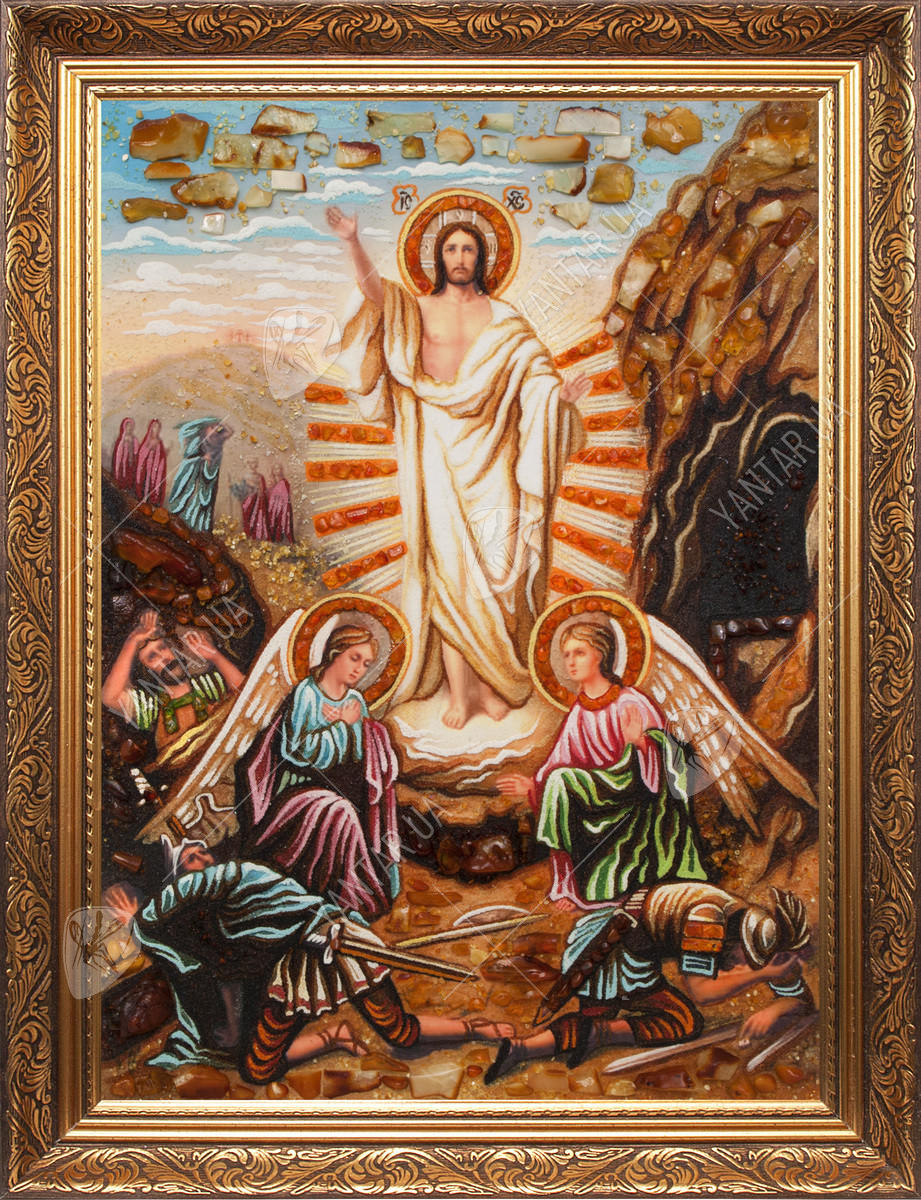
What Is Icon Consecration? Understanding Its Meaning and Significance
Icons hold deep spiritual and cultural significance in many religious traditions, particularly within Orthodox Christianity. These sacred images of Christ, the Virgin Mary, saints, and biblical scenes are not merely decorative items. Icons are windows to the divine, designed to inspire prayer and reflection. However, before they are placed in homes or churches, they undergo a special process called consecration. But what is icon consecration, and why is it important? Read more about the importance of icons in the lives of believers on the yantar.ua blog.
The Meaning of Icon Consecration
Icon consecration is a religious ceremony that blesses an icon, transforming it from a work of art into a sacred object of worship. It is a spiritual act that invites the presence of God and sanctifies the icon for its intended purpose. Without consecration, an icon remains a representation. Afterward, it becomes a medium for divine grace and a tool for spiritual growth.
This practice emphasizes that icons are not worshiped themselves but serve as conduits for prayer and connection with God.
The Process of Icon Consecration
The consecration of an icon typically takes place in a church, conducted by an ordained priest or bishop. The process may vary slightly depending on local traditions, but the steps often include:
- Preparation of the Icon: Before the consecration, the icon is carefully cleaned and prepared. This ensures it is physically ready for its spiritual role.
- Blessing with Holy Water: The priest sprinkles the icon with holy water, a symbol of purification and the presence of the Holy Spirit.
- Prayers and Hymns: Specific prayers and hymns are recited, invoking God’s blessing upon the icon. These prayers dedicate the icon to its sacred purpose.
- Anointing with Holy Oil: The icon is anointed with chrism, a blessed oil used in many Christian rituals. This anointing symbolizes the presence of God and the sanctification of the icon.
- Placement on the Altar: In some traditions, the icon is placed on the altar during a Divine Liturgy. This act integrates the icon into the liturgical life of the church.
After the consecration, the icon is ready to be venerated.
The Purpose of Icon Consecration
Icon consecration is deeply meaningful for believers. It highlights the sacredness of the icon and sets it apart for holy use. Through this ritual, the icon becomes a vessel of divine grace, helping individuals draw closer to God in prayer and meditation.
The ceremony also reminds the faithful of the sanctity of their faith and the importance of reverence in worship. For Orthodox Christians, consecrated icons serve as a physical reminder of spiritual truths and divine presence.
The Role of Icons in Personal and Community Worship
Once consecrated, icons play a vital role in personal and communal prayer. In homes, believers often set up small prayer corners with consecrated icons as focal points for daily devotions. In churches, icons are central to liturgical celebrations and are venerated by the faithful.
When praying before an icon, individuals do not worship the image itself. Instead, they direct their prayers to the person or event depicted in the icon. This practice fosters a sense of connection to the divine and the community of saints.
Historical Roots of Icon Consecration
The tradition of consecrating icons dates back to the early centuries of Christianity. During times of iconoclasm, when the use of religious images was challenged, the church defended the veneration of icons as a legitimate expression of faith. The Second Council of Nicaea in 787 affirmed the importance of icons and established guidelines for their use and consecration.
This historical context underscores the enduring significance of icons and their consecration in Christian worship.
Misconceptions About Icon Consecration
Some people misunderstand the role of icons in worship, thinking they are idols. However, the act of consecration and veneration does not equate to idol worship. Icons are not gods but tools to help believers focus their prayers.
The consecration ceremony itself reinforces this understanding by emphasizing that the icon is blessed in the name of God.
Why Icon Consecration Matters Today
In today’s fast-paced world, icons offer a sense of peace and connection to the sacred. Consecration ensures that these symbols are treated with the respect and reverence they deserve. For believers, having a consecrated icon in their homes or churches can bring comfort, inspire prayer, and strengthen faith.
Icon consecration is a profound and sacred act that transforms a simple image into a powerful symbol of faith. This ceremony not only blesses the icon but also deepens the spiritual connection between believers and the divine. By understanding the significance of icon consecration, we can better appreciate the role these sacred images play in worship and daily life.
For those seeking to incorporate icons into their spiritual practice, choosing a consecrated icon is an important step toward enriching their faith journey.
